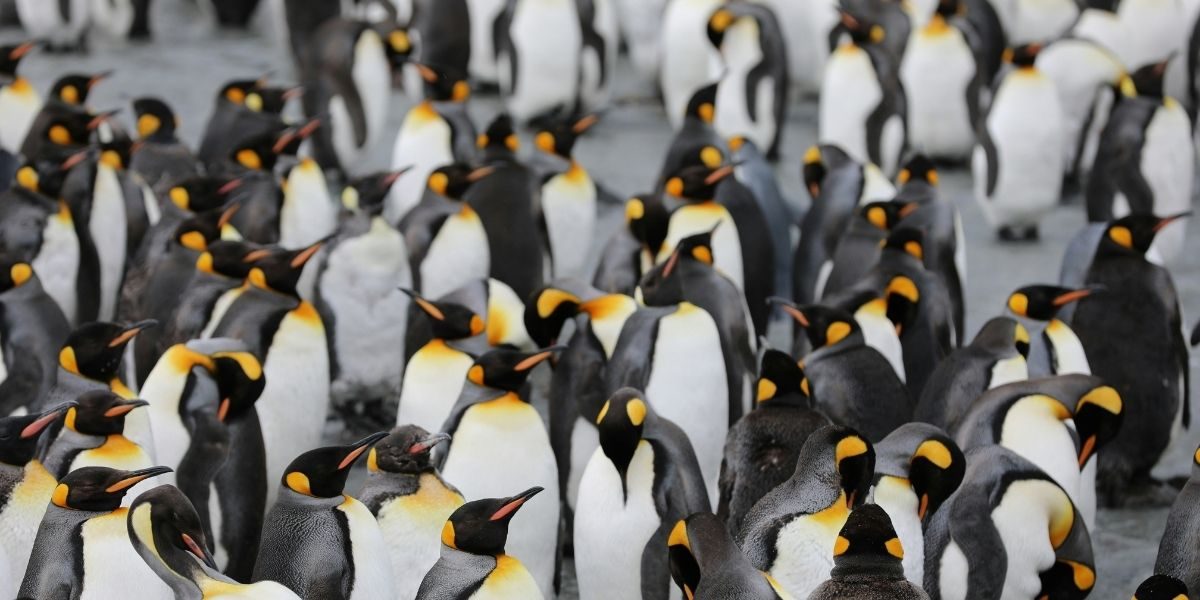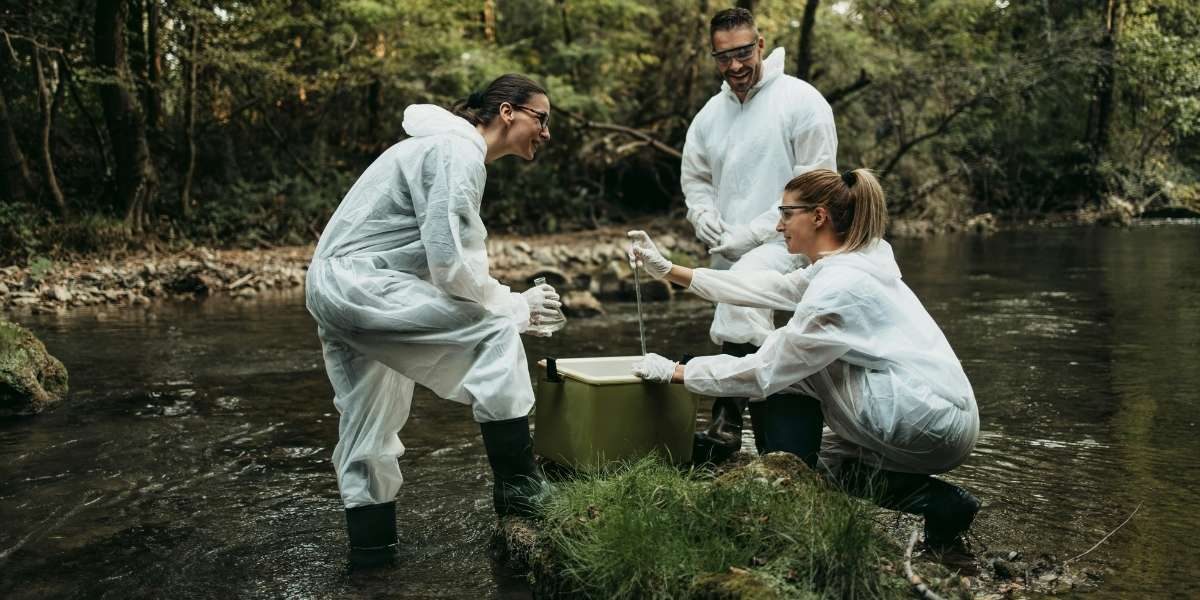What Makes Flightless Birds Unique Among Earth’s Avian Species?
Flightless birds stand out as extraordinary members of the bird world. Unlike their winged relatives, these birds have evolved to live entirely on the ground or in water, adapting in remarkable ways that defy the common image of birds soaring through the sky. Their unique characteristics are not signs of deficiency but rather fascinating evolutionary solutions tailored to their environments.
Species such as the ostrich, emu, cassowary, kiwi, and penguin showcase this diversity. While they share the inability to fly, each species has developed physical and behavioral traits that help them survive and flourish. For instance, ostriches are renowned for their incredible running speed across African plains, whereas penguins have become expert swimmers in chilly ocean waters.
The story of flightless birds illustrates nature’s creativity in responding to ecological challenges. These species highlight how evolution can prioritize different survival strategies beyond flight, making them true wonders of the animal kingdom.
Read Also: Ice Age Animals: Megafauna That Roamed Earth
How Have Flightless Birds Adapted Physically to Life on the Ground and Water?
Flightless birds exhibit specialized physical traits that enable them to thrive without flying. Their wings are typically reduced in size and function, reflecting a shift from aerial mobility to other forms of movement. Meanwhile, their legs are powerful and well-developed, supporting running, walking, or swimming. For example, the ostrich possesses long, muscular legs capable of sprinting at speeds up to 70 kilometers per hour. This adaptation allows it to evade predators effectively and cover vast distances while foraging. In contrast, the cassowary has sturdy legs armed with dagger-like claws, providing formidable defense against threats.
Aquatic flightless birds, notably penguins, display remarkable modifications for swimming. Their wings have evolved into rigid flippers, allowing agile and rapid movement underwater. Penguins’ dense bones reduce buoyancy, helping them dive deep and chase prey like fish and squid. Their streamlined bodies minimize resistance, turning them into efficient aquatic hunters. In addition to these limb adaptations, many flightless birds have heavier bones compared to flying species. While this limits their ability to take off, it provides stability and strength for terrestrial or aquatic life. Their feathers also tend to differ, often being denser or waterproof, especially in species like penguins.
What Behavioral Adaptations Support Their Survival?
Beyond physical changes, flightless birds have developed behaviors that enhance survival without flight. These include feeding strategies, reproductive habits, social structures, and defense mechanisms. Many species rely on camouflage to avoid predators. The kiwi, native to New Zealand, is nocturnal and blends seamlessly into forest litter, minimizing detection. Its shy nature and elusive behavior are crucial survival traits.
Some flightless birds form social groups that enhance vigilance and safety. Ostriches, for instance, live in flocks where members take turns watching for danger while others graze. Communication through calls and body language alerts the group to threats.
Reproductive behaviors are also specialized. Many species invest heavily in nest protection and parental care. The emu and cassowary exhibit male parental care, with males incubating eggs and guarding chicks, increasing offspring survival rates. Feeding habits vary widely, from herbivorous diets of grasses and fruits to omnivorous feeding including insects and small animals. Adaptability in diet ensures these birds can exploit available resources in changing environments.
How Did Flightlessness Evolve Across Different Bird Species?
Flightlessness has evolved independently in multiple bird lineages through a phenomenon known as convergent evolution. This means unrelated species develop similar traits when adapting to comparable ecological niches or pressures.
Key factors driving this evolution include island isolation, absence of predators, and energy conservation needs. On predator-free islands, the selective pressure to maintain flight is reduced. Birds in these environments channel energy into reproduction and other survival traits rather than maintaining large wings and strong flight muscles. Examples include the extinct dodo of Mauritius and the moa of New Zealand, both flightless birds that thrived until human arrival introduced predators.
In marine environments, birds like penguins lost flight as they specialized in underwater hunting. Their bodies transformed to optimize swimming efficiency, a trade-off favoring aquatic agility over aerial mobility. Genetic and physiological changes underpin these adaptations, affecting muscle structure, bone density, and feather configuration. Flightlessness represents a successful evolutionary response to specific ecological challenges.
What Ecological Roles Do Flightless Birds Play?
Flightless birds occupy crucial ecological niches and influence their environments significantly. They act as seed dispersers, nutrient cyclers, and regulators of insect populations, contributing to ecosystem health.
For example, the rhea in South America spreads seeds across grasslands, aiding plant regeneration. The weka of New Zealand controls insect populations, helping maintain balanced food webs. Their foraging habits also contribute to soil aeration and vegetation dynamics. By consuming and moving plant matter, they shape habitat structures, affecting other species’ survival.
Flightless birds often serve as prey for native predators, integrating into complex ecological networks. Their presence indicates ecosystem stability and biodiversity richness. Protecting these birds helps preserve vital ecological functions and overall environmental balance.
Read Also: Survival Skills: Catching Animals for Sustenance in the Wild
What Conservation Challenges Do Flightless Birds Face Today?
Despite their resilience, many flightless bird species are vulnerable or endangered due to human activities. Habitat destruction through agriculture, urbanization, and deforestation reduces available living space and food resources.
Introduced predators such as cats, rats, and dogs pose severe threats, especially to island species that evolved without natural predators. These invasive species prey on eggs, chicks, and adults, causing population declines. Climate change impacts habitats and food availability, compounding existing pressures. Changes in temperature and weather patterns alter ecosystems, challenging these birds’ survival strategies.
Conservation efforts include predator control, habitat restoration, captive breeding programs, and legal protections. Public awareness campaigns and community involvement are vital to preserving these species. Collaborative international efforts aim to protect flightless birds and their habitats, ensuring these unique creatures continue to thrive for generations to come.














